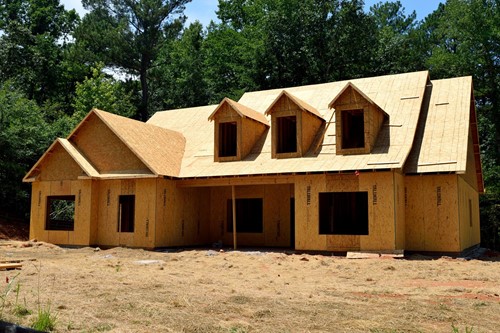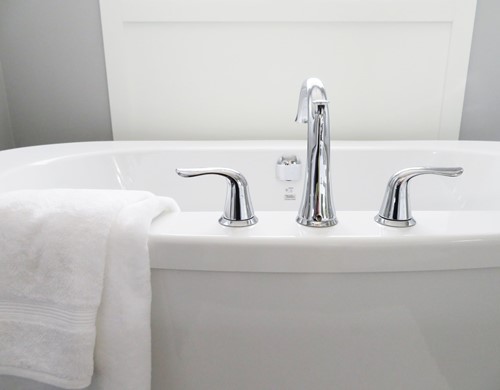
Two terms that you may have heard when talking about real estate is fair market value and assessed value. These two terms are not the same or even interchangeable terms.
The assessed value of a home can often be higher than the price the house is being sold. These properties can often be seen as a “bargain” in the real estate community. The problem is that this is often a red flag. The property may be overassessed by the town which means the taxes are higher than necessary.
Homes can also be listed at a higher price than the assessed value. Contrary to popular belief, a low evaluated cost doesn’t mean that the value of the home is less than the asking price. The asking sale price for a property is based on many factors, none of which are what the town deems the property is worth.
Fair Market Value
Fair market value is what a buyer is willing to pay with no outside influence. As a homeowner, the best way to determine the fair market value of your home is to look at what’s real estate agents call a “Comparative Market Analysis” or CMA. The agent will look at similar properties in the area that have recently sold- generally within the last six months. This analysis will often include things that the assessor doesn’t take into account when pricing a home.
The Appraisal
When you buy a home, and the appraisal is done for the lender when the buyer is obtaining a mortgage, the purpose is specific. The lender is protecting themselves and the buyer. The lender wants to be sure that the property they are lending money on has a value greater than or equal to the purchase price of the home. Appraisals are also done in this manner when homeowners are refinancing the house.
Challenging Assessed Values
Often, homeowners will buy a property and then later challenge the assessed value of a home for tax purposes especially if the owner feels that the assessed value is worlds apart from the fair market value of the home. If you believe that the assessed value is out of sync with the fair market value of the house and out of line based on the values of another home in the town, you need to file what’s called a tax abatement. Your city or town hall has all of the necessary information for submitting these forms. From there, each city and town has their own timelines for how long the tax assessor has to address this.









